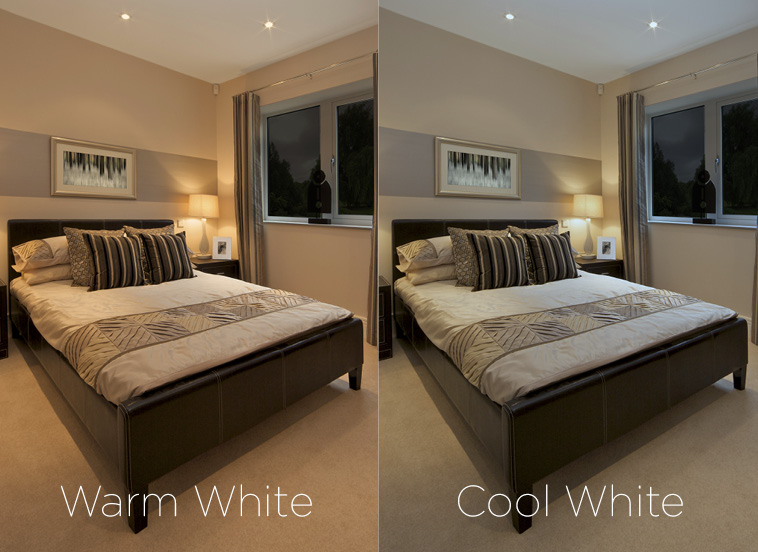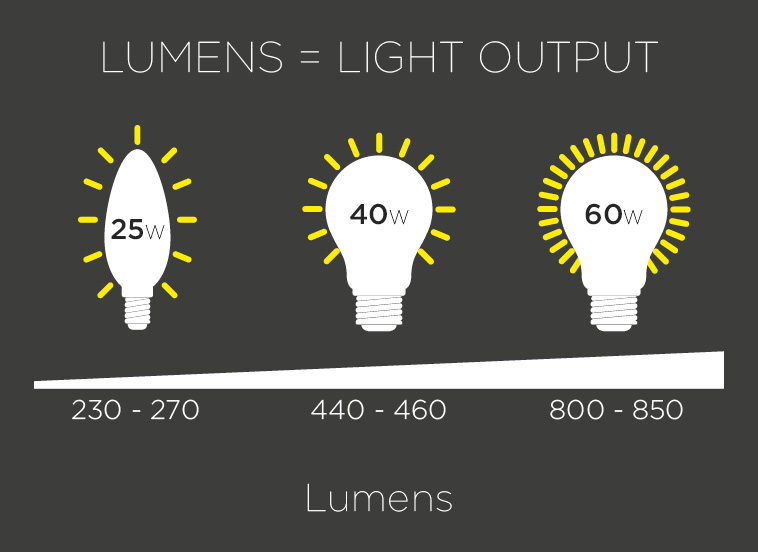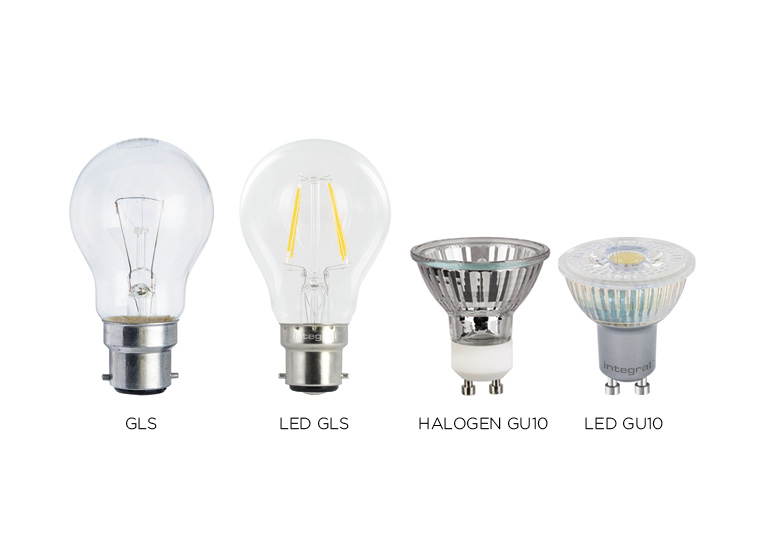Dimmable and Non-Dimmable LED lamps
Many retrofit LED lamps are sold in two versions; dimmable and non-dimmable. You will need to choose the correct type for your lighting circuit.
Dimming LED lamps can save energy and changes the visual appearance and mood of your space. You can use a dimmable LED lamp in a non-dimmable circuit. You should NOT use a non-dimmable lamp in a dimmable circuit as it may cause damage to the lamp and or circuit. Integral lamps are clearly marked as dimmable or non-dimmable on the packaging and on the lamp.
Matching old and new
Most dimmers installed today are designed to be used with high-power circuits to drive traditional filament lamps which were all quite uniform and dimmable by just a voltage change. LED lamps on the other hand are low-power and more complex. An LED bulb is a solid-state product that has built in circuitry (called a driver) that takes high-voltage AC input current and converts it to low-voltage DC current to drive the LEDs. Furthermore driver specifications are not uniform across the LED industry.
They are many different types of dimmers installed in homes and offices of various specifications (e.g. resistive; leading-edge and trailing-edge and electronic). So when using new LED lamps with existing dimmers there is a matching of old technology with new which can be challenging.
The driver in dimmable LED lamps may work with many types of dimmer but not all, for instance LED lamps tend to work better with trailing-edge dimmers rather than leading-edge dimmers, but an existing dimmer may have a minimum load that is too high for an LED lamp, e.g. A 60W filament lamp may use a dimmer that has a minimum load of 25W the replacement LED has a power rating of 6.5W - below the level required by the dimmer. Dedicated LED dimmers have a very low minimum power rating.
The dimming experience can be different with LED. Overall the LED dimming performance is regulated by the capability of the LED driver/chip and the compatibility of the dimming circuit. Since there are a huge number of possible combinations of lamps and dimmer, it is very difficult to produce an LED lamp that works in all dimming environments.
LED currently have a lower dimming range than a filament lamp – LEDs currently dim down to about 10% of the total light output whereas filaments may go down to 1-2%. Low-voltage transformers as used with MR16 12V spotlights also add to the complexity
Some of the issues that may occur when a dimmer is incompatible with an LED lamp are:
- Flickering - Lamps will flicker (can also occur if a non-dimmable lamp is used)
- Drop-out - No light output at the end of the scale
- Dead travel - When the dimmer is adjusted there is no matching change in light output (light may not dim to acceptable level)
- Not smooth - Light output may not go from dim to bright linearly
- Multiple lamps - issues may become apparent when multiple lamps are added
- Damage or failure - LED driver, circuit or LED is damaged or fails.
- Load below minimum - The power load of the LED lamp is below the minimum required by the dimmer
- Mixed models- Different models of LED will likely have different drivers - since drivers behave differently this could result in dimming issues.
What can I do about dimming LED bulbs?
- Ideally upgrade your dimming circuit with good quality dimmers designed for LED - easy to do for new LED installations. This is a good investment for the lifespan of your LED lamp.
- Make sure you purchase the correct dimmable or non-dimmable LED for your type of circuit
- Use a compatible dimmer - We recommend using specific LED dimmers from "VARILIGHT"
- Change your circuit from dimming to non-dimming if not used much
- Remove transformers used with 12V MR16 lamps and convert to 240V GU10 lamps in the same fitting by changing the lamp holder (should be completed by an electrician)
- You should consider buying the same model and brand of LED lamp for all the fittings in an area of a room (all lamps will have the same driver)
- Invest in brands that have a testing lab and use high quality dimming chips -like Integral LED. Many cheaper quality bulbs do not use proven dimming components and for the small difference in price it's not worth the hassle.
- It would also be a good idea to buy spares - LED technology (as with other technologies such as mobile phones) is always improving and changing.
- Dimmable bulbs will work with non-dimming circuits (Non-dimmable bulbs will NOT work in dimming circuits). Since LED bulbs last a long time and if you are thinking of upgrading to a dimmable circuit in the future it is worth initially considering dimmable bulbs.
Please consult a qualified electrician to make any changes to your circuit.
Suggested Articles:



HIGHEST
QUALITY
COMPETITIVE
PRICES
EXPERTISE
EXTENSIVE
STOCK
NEWSLETTER
Sign-up to our newsletter and stay up to date with the latest product information and special offers.

